Mask Residencies
Mask Residencies
“The students did a wonderful job at the Mask performance. Thank you to Jenny and Jeremy from Little Wing Puppets for all their hard work. It has been a wonderful and privileged experience. It was magic.”
Exploring the Magic of Masks
The first stage of the program is the making of the masks. The students will explore the processes of mask making; creating a clay positive mould, papier mâché and art finishing. Through the process of making the masks, they will study the notion of structure and direction within the mask. The second stage of the project is to work with the body. The students will observe the dynamic movements and rhythms of nature. The students will observe themselves, each other and all kinds of bodies, to unveil the different elements at play. The third stage is the creation of a performance, an original devised work written by the students, which is a culmination of their learning, presented to their community.
The residency is based on the work of Jaques Lecoq, and the continuing development of his work by two of his former students, Giovanni Fusetti and Matteo Destro. Lecoq founded a method for teaching physical theatre and movement to actors. The rise of cinema in the early 20th Century altered the way actors moved, with increasing focus on the face and a tendency towards naturalism. Many traditional theatrical styles, such as mask and mime, were being lost. Lecoq revived some of these older techniques, and mask was an essential part of his methodology.
He saw everything as a mask. A mask is a structure of movement. This structure is dictated by the physical form of the mask. Its shapes and lines suggest certain directions. When your face is covered, your body becomes your primary vehicle for expression. You start to notice what the body is saying, whether it is intending to say it or not. It is illuminating as an area of study, because you begin to see the unconscious messages that are emitted through our subtle gestures. The study of masks allows you to see and understand your own physical patterns.
The type of masks we focus on in the residency is the larval mask. This style of masks originated in the carnival of Basel in Switzerland, and was borrowed for use by Jacques Lecoq in actor training. Like their namesake “larvae,” these are the foundation of beings, but are not fully formed. They suggest expression, announcing the lines that will lead to a specific character without defining it. Embryonic-like, they are usually large and white, very simple and exaggerated, like a caricature. The larval mask lives earnestly and honestly. It discovers it’s world in every moment. The mundane becomes magical. Their simple geometry amplifies the actor’s gesture, forcing them to make clear, efficient physical choices.
The key learning in this project is that through keen observation and analysis the students start to learn what is being said through the body, and this gives them the freedom to not be stuck in one “mask.” They start to have the choice to assume different roles or “masks” within their lives.
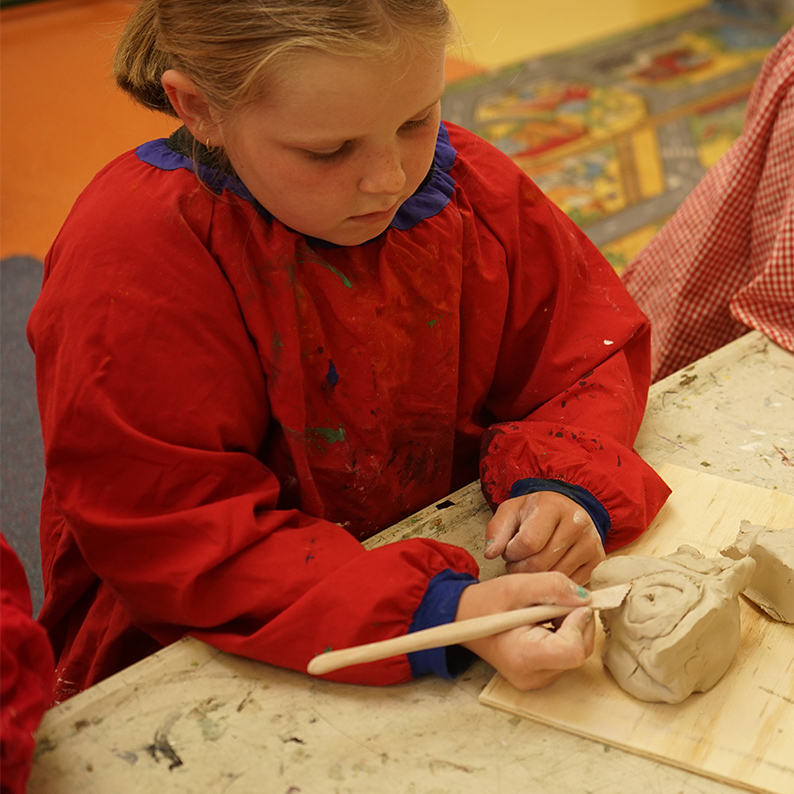
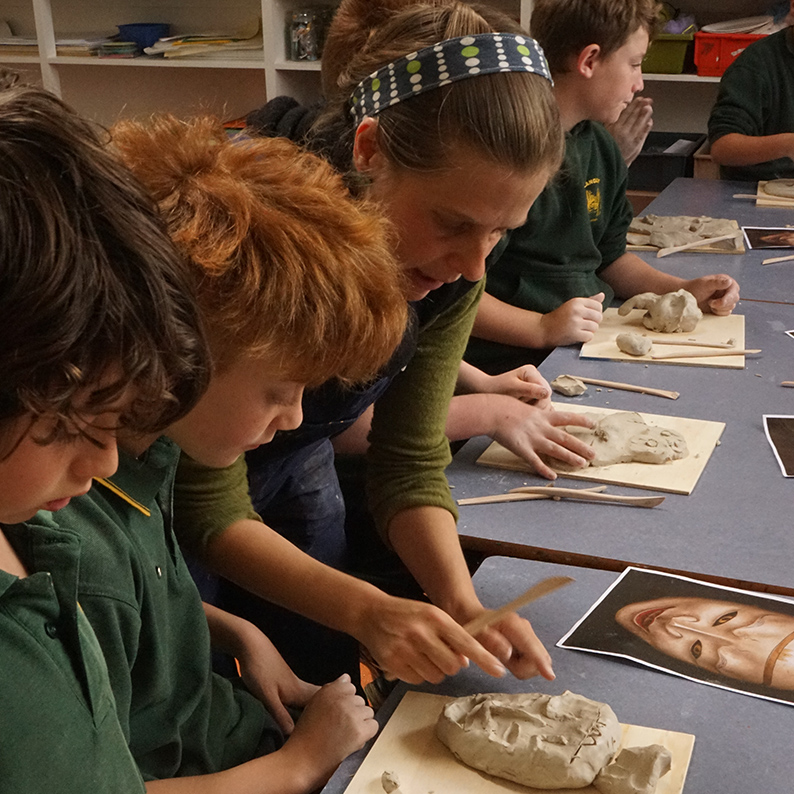
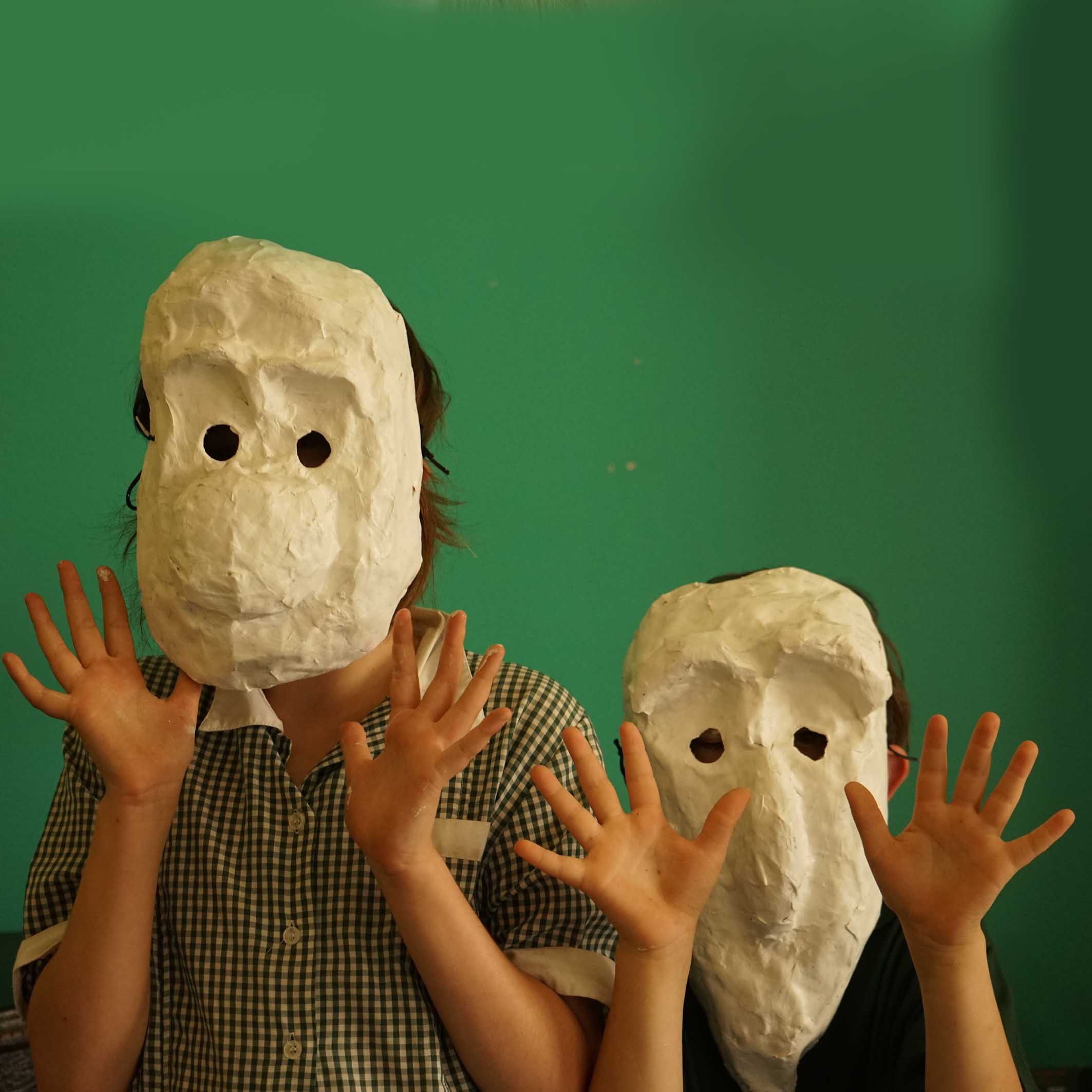
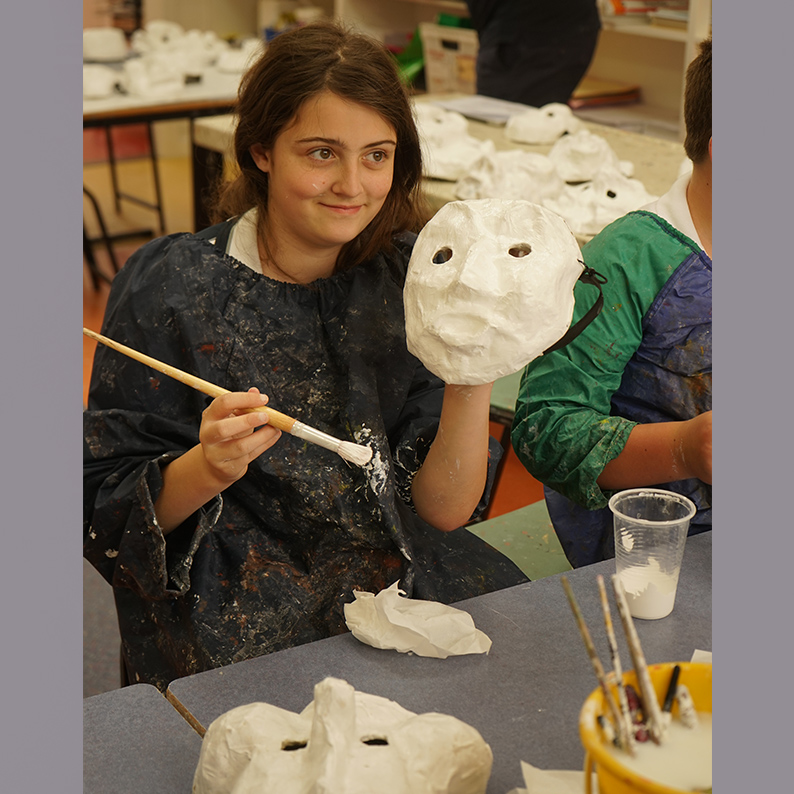
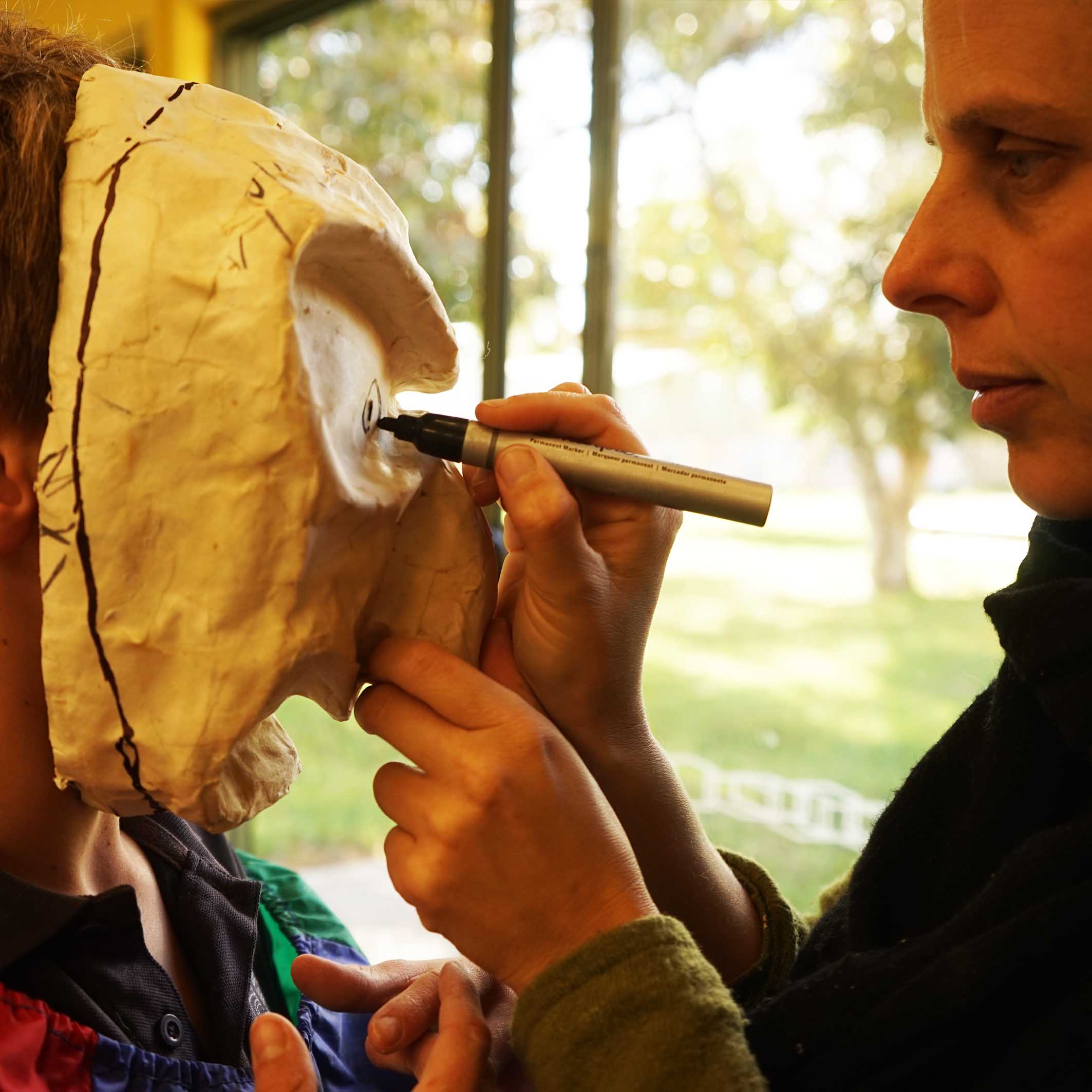
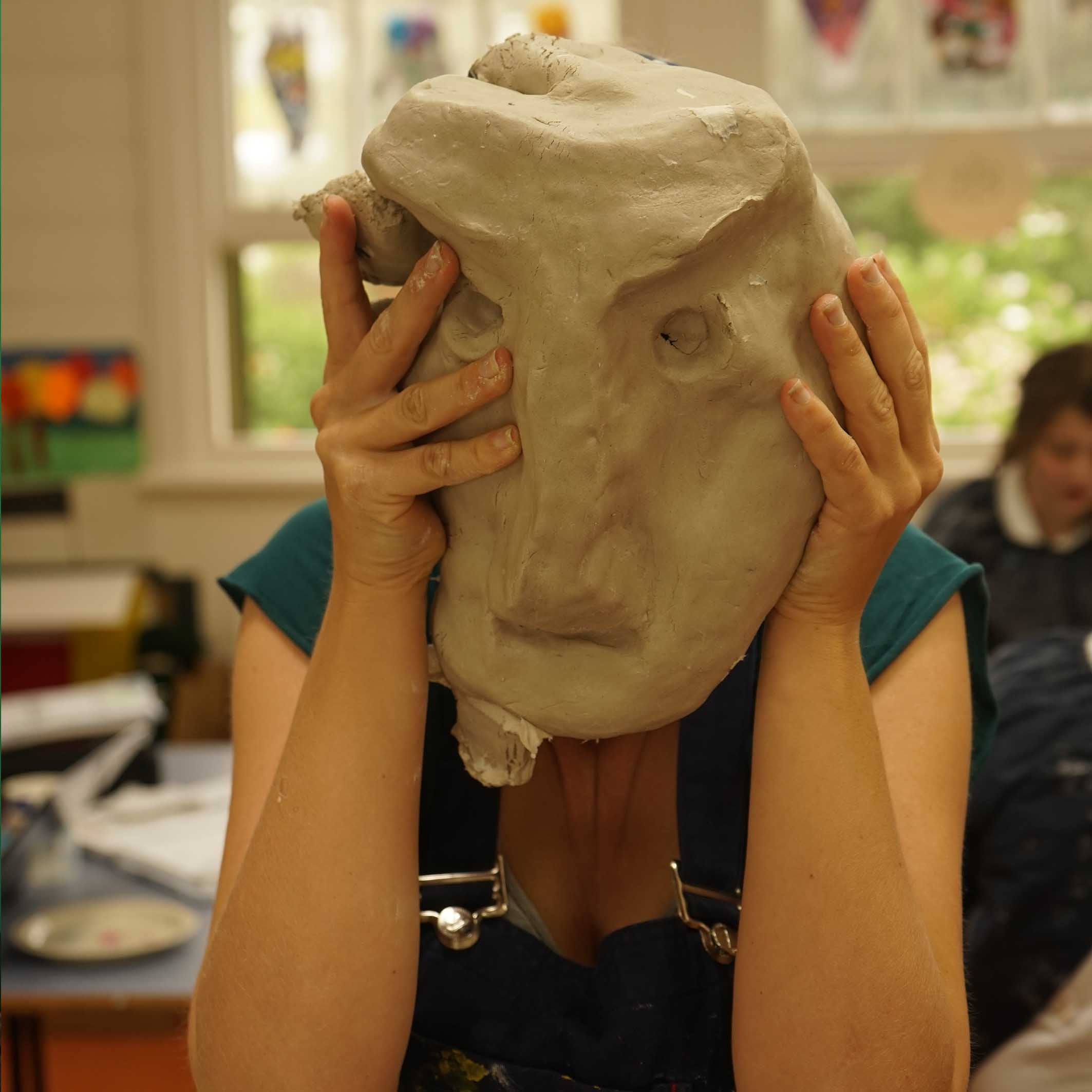
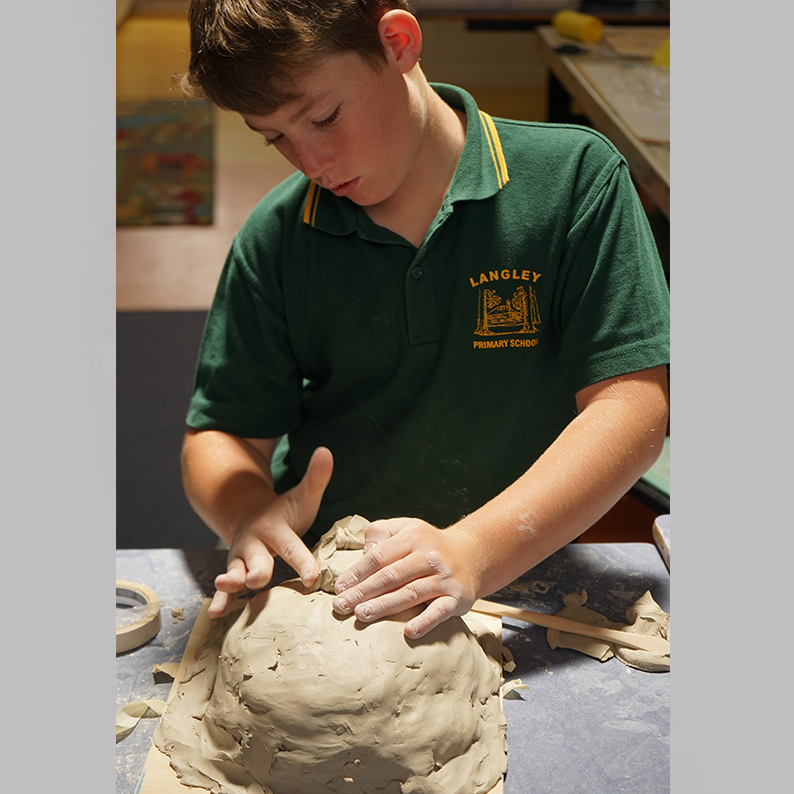
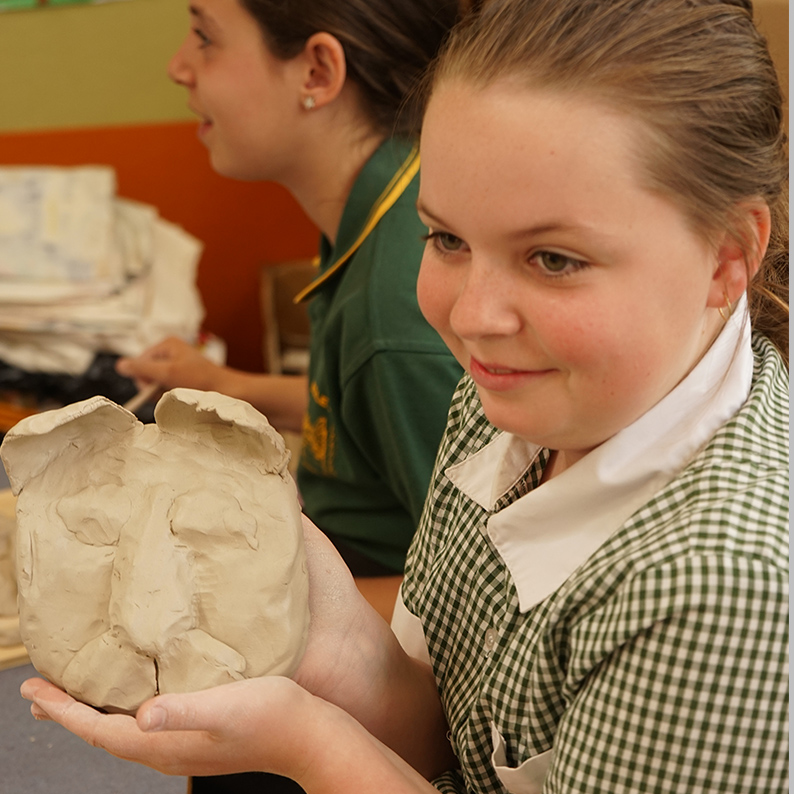

Comments
“Man is least himself when he talks in his own person. Give him a mask, and he will tell you the truth. “
Ph: 0408 808 699